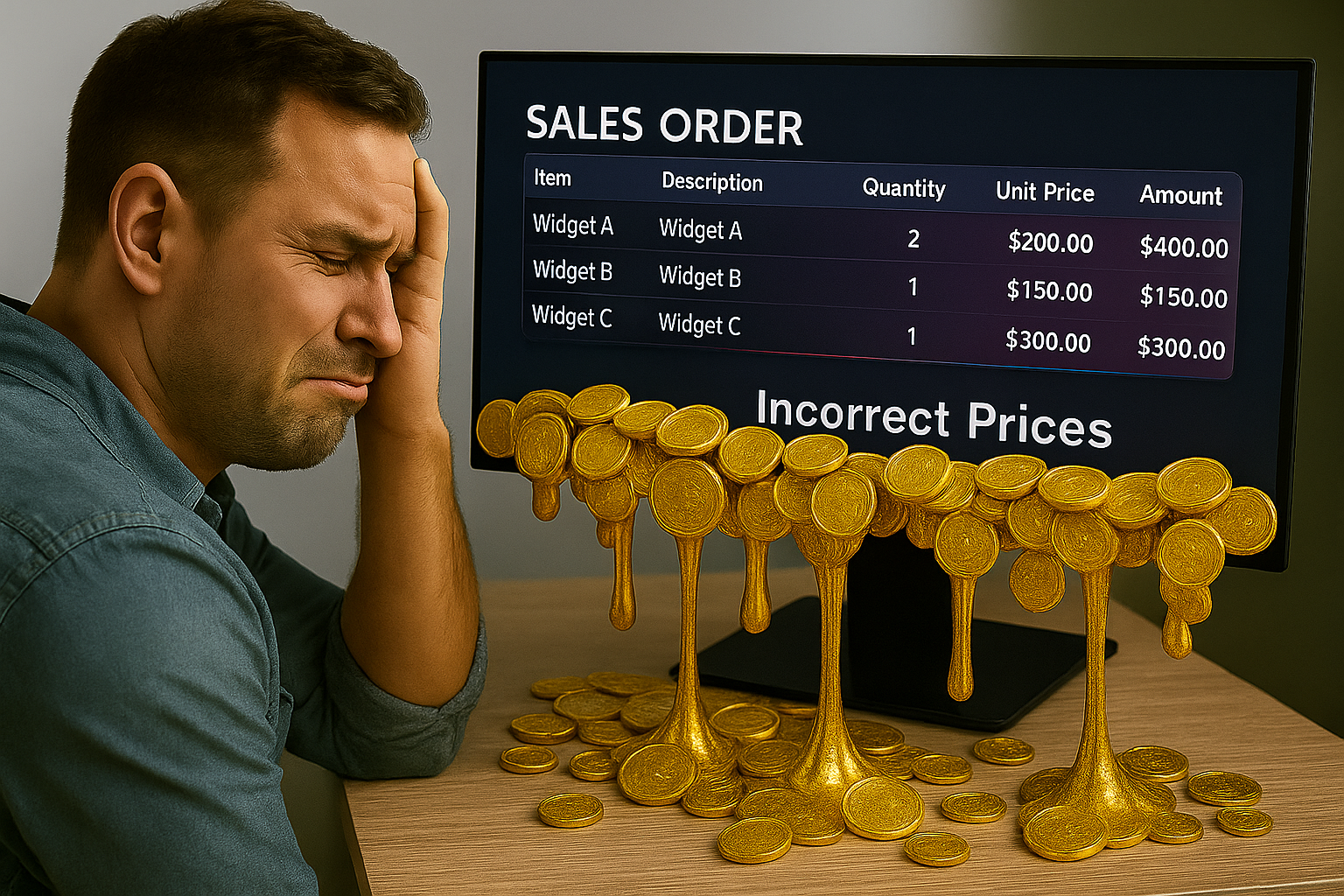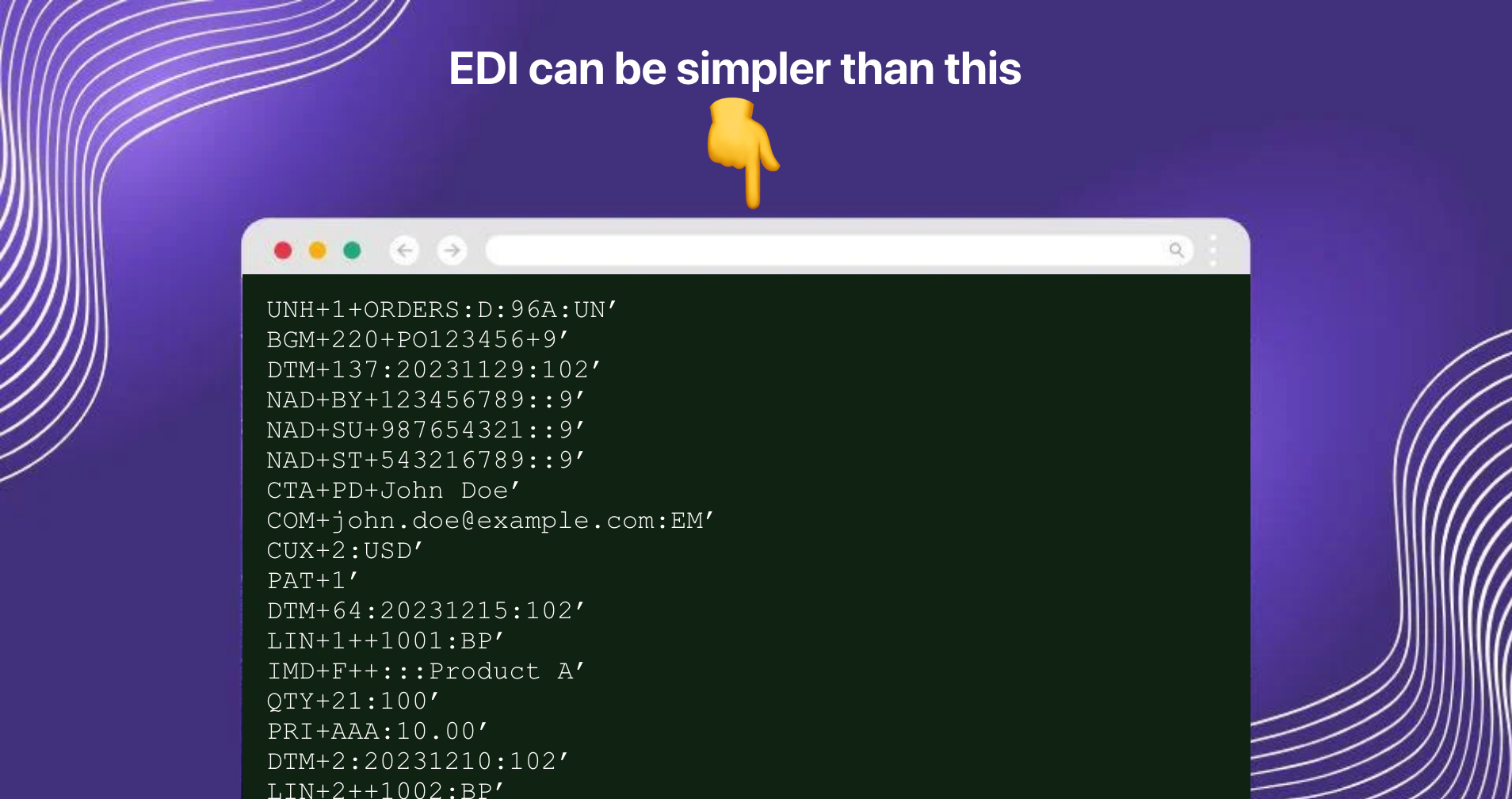Why wholesale Marketplaces will be the end of your brand and business in 2022
Wholesale markets and marketplaces are intriguing for many small and medium-sized brands.
It seems so easy to submit their entire selection of products – and then sit back and wait for the orders to come flying in. Especially in these times, where the coronavirus has cancelled almost all wholesale trade shows and trade fairs.
The stone-cold reality, however, is that wholesale marketplaces are often cluttered with similar products and brands. And they’re all trying to do the exact same thing. Selling their product to the same customers that you are targeting!
In this blog post, we’ll explain:
- What a wholesale marketplace is
- The potential pitfalls to consider before “adventuring” into wholesale markets
- How a password-protected wholesale shop is a good alternative to wholesale marketplaces
What is a wholesale marketplace?
A wholesale marketplace – whether physical or online – is a platform where retailers can easily find a variety of products from a number of different wholesale suppliers.
Wholesale suppliers and brands add their products to a wholesale marketplace in hopes of getting new customers and sales. Once their products are online, they are potentially presented to thousands of interested customers.
And the marketplaces – in most cases – do what they promise. They deliver more sales and new customers. That is also why these marketplaces are considered an easy way for B2B brands and businesses to get started and find customers for their products.
The marketplace provides the platform and user experience
When selling B2B via a marketplace, the marketplace, and not the individual brands, controls the user experience.
You as a brand are not able to send personal invites to your customers and the marketplace is handling all of the customer communication and service.
This means less work for you, but also less control of the experience your customers get (which could influence whether they want to purchase your products again).
Also, you will have a very difficult time building brand equity this way.
Despite these limitations, there seems to be a belief (especially among younger and smaller brands) that presence on a popular marketplace will increase visibility and familiarity with their brand and products.
And while this is certainly true in some cases, this visibility comes at a price. Read our other article about how to sell online.
The benefits of marketplaces go to the retailer – not the wholesale suppliers
Your typical marketplace will charge you anywhere from 25-30% to facilitate the order (Faire wholesale, for example, charges 25-28% commission).
Having to split your own revenue with a marketplace means that wholesale suppliers will have to increase revenue elsewhere. Most brands do that by jacking up their prices. As a result, the products are no longer as attractive and the brand loses out on the competition.
Many brands on wholesale marketplaces experience that retailers get excited about their products because the marketplace will offer them a long line of credit. Or maybe free shipping, free returns, etc.
Again, these are all wrong incentives that certainly don’t build a foundation for a long brand-retailer relationship.
What are the pitfalls of wholesale marketplaces?
There are three major pitfalls when it comes to wholesale marketplaces.
And if you’re unlucky, they don’t just stand in the way of sales – they actively hurt your brand and business.
The three problems are:
- Fierce competition
- No long-term relationships with retailers
- Lower margins
1. Wholesale marketplace = fierce competition
For retailers, competition on wholesale marketplaces is fierce. And they are all trying to get the best deal with added discounts, introduction offers, and better payment terms.
All at the cost of your business.
As the marketplace most often will facilitate your order and all communication with the retailer, your brand ends up simply as one supplier among many.
Depending on what you are selling, your products have to stack up against similar ones from hundreds of competitors. Here, familiarity often wins, meaning that well-known brands have the advantage against smaller brands from the get-go.
You can combat this by gaining the retailers’ trust (in your quality and reliability). However, the marketplace obviously doesn’t want you to be part of the communication.
This is usually pitched as minimizing the administrative burden because you don’t have to engage with individual retailers. They want to be able to retain the orders they are facilitating for you (and thereby keep their margin).
Which leads to…
2. No long-term relationships with retailers
If you actually manage to get orders from retailers on a marketplace, you’ll realize that one of the most important aspects of selling wholesale to retailers is the relationship.
Using the marketplace as the facilitator inhibits you from fully interacting with your retailers. This makes it difficult to establish the long-term relationships you should be striving for. Many brands see that a retailer will only place an initial order on a wholesale marketplace and then never re-order.

As s result, a lot of brands selling via wholesale marketplaces are losing control of their brand and ultimately experience brand dilution.
3. Lower margins
With that level of competing brands on B2B marketplaces, many brands resort to price competition. They simply cut the prices of their products.
But when you cut your prices, you get less revenue to cover your expenses. That means leaner margins.
And as any brand that has been in the wholesale industry for more than a couple of minutes knows, everything is about margins.
So how are you going to be able to keep up with producing unique and high-quality products when you have to split your margin with not only a retailer but now also a marketplace?
Another problem is that your products might be presumed as being of inferior quality – why else would they be priced so low?
Also, if you already have agreements with resellers of your products, how would they feel that you are suddenly selling your products at bargain prices to first-time customers?
Probably not too good.
An alternative to wholesale marketplaces – Regain control of your brand and build good relationships with your customers
We know that most brands work really hard to get their retailers. And getting those loyal retailers that come back and order your products, again and again, takes time. Especially if you are getting new retailers via marketplaces, but also in general.
But getting these loyal retailers are crucial. After all, they are the ones who will interact with your end customers and convince them to purchase your products.
As a brand, you should research your market and find the most relevant retailers whether these are based locally or internationally.
If you do so, you will also find it much easier to land deals with them, because they will have existing brands that can complement your products and thereby add value to your store. Also, you will be able to make sure that the retailers you target are representable for your brand. That they live up to the same standards as you.
Looking to get more retailers? Read our post on that topic here.
Now that you have your first retailers, it’s time to do some business! So how do you get that first order in?
Don’t go analog!
Well, you shouldn’t send them a spreadsheet with your products and ask them to scribble down, scan, and email their order. Don’t go analogue.
As obvious as that might seem, many brands actually do just that. They are stuck with an old and manual order process.
As a consumer, would you buy the same products if you had to check them off in some spreadsheet? You probably wouldn’t and neither would your retailers when they are ordering wholesale from you
We believe that the cornerstone of every good brand-retailer relationship is providing a first-class ordering experience.
The buyers at your retailers should feel inspired, get exposed to new products immediately when they become available, and finally be able to order fast and efficiently.
A good relationship is crucial to retaining retailers and in order to build that, you need the channels and tools that can help you do so.

Go digital!
Instead of using pen, paper, emails, and phone calls, you should make your wholesale processes digital. Preferably allow your retailers to order online in a wholesale webshop.
Turis allows you to quickly and easily create a password-protected wholesale shop that provides your retailers with a seamless purchasing experience.
The steps to do so are pretty simple:
- Create an account at turis.app
- Adjust the settings to your needs (shop customization, order statuses, the currencies you sell in, etc.)
- Import your products and retailers
Once you’re all set up, you can invite your retailers to access your products. You can even set unique prices for them, manage product availability according to different markets, and much more.
The great thing is that you have now provided a great user experience for your retailers. And even more importantly: you are still in full control of your brand!
Curious to see just how easy it is?
Launching Your First B2B Store?
Let us launch your B2B store with us today and boost your sales – no coding needed, just expert guidance with our People-to-People support every step of the way.
Book personal demo

